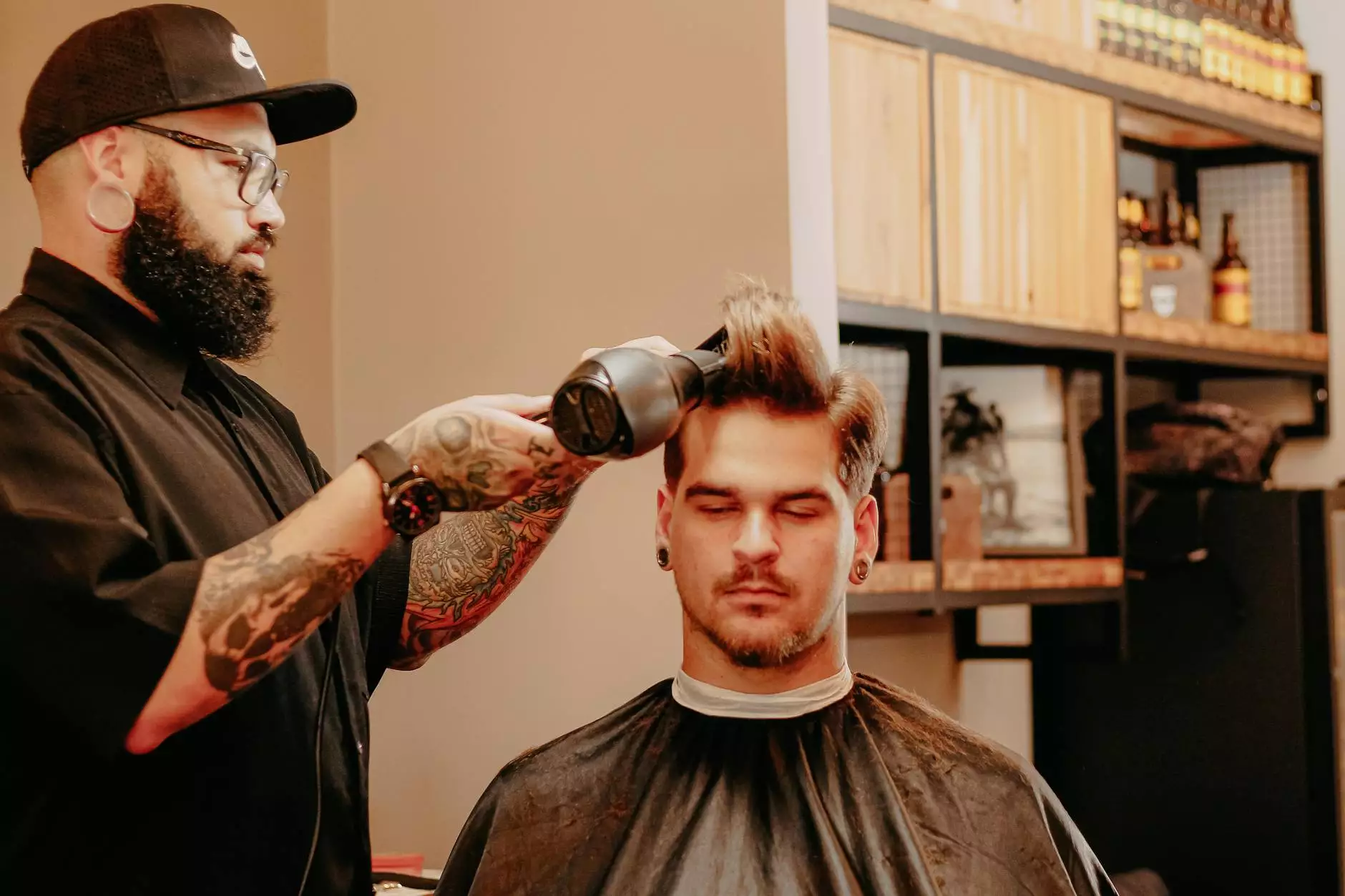Understanding Tenosynovitis and Tendonitis: Pathways to Healing

Tendon health is crucial for maintaining an active and pain-free lifestyle. Among the many conditions that can affect the tendons, *tenosynovitis* and *tendonitis* stand out due to their impact on mobility and overall quality of life. This article will delve deep into the characteristics, causes, symptoms, and treatment options of these two common conditions, equipping you with the knowledge to seek effective care.
What Are Tenosynovitis and Tendonitis?
Both *tenosynovitis* and *tendonitis* are inflammatory conditions that affect the tendons. However, they differ in their definitions and implications:
- Tenosynovitis refers to the inflammation of the synovial sheath that surrounds a tendon. This sheath provides lubrication and nourishment to the tendon, aiding in its smooth movement.
- Tendonitis is the inflammation of the tendon itself. It often occurs due to overuse or acute injury, leading to pain and restricted movement.
Causes of Tenosynovitis and Tendonitis
Understanding the causes of these conditions is essential for prevention and treatment. Here are some common factors:
- Repetitive Motion: Engaging in activities that require repetitive movements, such as typing, playing sports, or manual labor, can stress the tendons.
- Aging: As we age, tendons naturally lose elasticity and become more susceptible to injury and inflammation.
- Injury: Acute injuries, such as falls or direct impacts, can lead to tendon inflammation.
- Medical Conditions: Certain diseases like diabetes and rheumatoid arthritis can predispose individuals to these inflammatory conditions.
- Improper Technique: Poor ergonomics or incorrect posture can contribute to tendon stress during physical activities.
Recognizing the Symptoms
Identifying the symptoms of tenosynovitis and tendonitis is critical for timely intervention. Common symptoms include:
- Localized Pain: Pain at the site of the affected tendon, which may worsen with movement.
- Swelling: Inflammation can lead to noticeable swelling around the tendon or sheath.
- Stiffness: Affected tendons may feel stiff, particularly after periods of inactivity.
- Creaking Sensation: Some individuals report a creaking or cracking sound during movement, indicative of tendon damage.
- Reduced Mobility: A decrease in the range of motion can occur due to pain or swelling.
Diagnosis of Tenosynovitis and Tendonitis
If you suspect that you may have tenosynovitis or tendonitis, it is vital to consult with a healthcare professional. Diagnosis typically involves the following:
- Medical History Review: A comprehensive review of your symptoms and medical history will help guide the diagnosis.
- Physical Examination: A thorough physical exam allows the healthcare provider to assess pain levels, swelling, and mobility.
- Imaging Tests: X-rays or MRIs can be used to visualize the tendons and surrounding tissues to confirm the diagnosis and rule out other conditions.
Treatment Options for Tenosynovitis and Tendonitis
The treatment approach for tenosynovitis and tendonitis often depends on the severity of the condition. Here are some common treatment methods:
1. Rest and Activity Modification
Rest is the first line of defense against inflammation. It is essential to avoid the activities that trigger pain and allow the tendons time to heal. Modifying your activities can include:
- Pacing yourself during physical activities.
- Incorporating breaks during repetitive tasks.
2. Ice Therapy
Applying ice to the affected area can help reduce swelling and numb pain. It is recommended to ice the area for 15-20 minutes several times a day, particularly after activities that aggravate symptoms.
3. Compression and Elevation
Using compression wraps can help control swelling, while elevating the affected limb reduces blood flow to the area, further assisting in reducing inflammation.
4. Medications
Over-the-counter anti-inflammatory medications, such as ibuprofen or naproxen, can help manage pain and inflammation. However, it’s crucial to consult with a healthcare provider for appropriate recommendations and dosages.
5. Physical Therapy
Working with a physical therapist can significantly enhance recovery. A tailored physical therapy program may include:
- Stretching Exercises: Improving flexibility to relieve tension on the tendons.
- Strengthening Exercises: Building muscle support around the affected tendon.
- Manual Therapy: Hands-on techniques to promote mobility and reduce pain.
6. Chiropractic Care
Engaging in chiropractic care can also be beneficial for management and recovery. Chiropractors can help improve joint alignment and body mechanics, which may alleviate tendon stress and promote healing.
7. Injections
In some cases, doctors may recommend corticosteroid injections to deliver targeted relief from inflammation. This treatment is typically considered when other methods have proven ineffective.
8. Surgery
In severe cases where conservative treatments fail, surgical intervention may be necessary. Surgery might involve repairing a torn tendon or removing thickened tissue around the tendon sheath.
Preventive Measures for Tendon Health
Preventing tenosynovitis and tendonitis is often a matter of making lifestyle adjustments:
- Warm-Up Before Activities: Engage in proper warm-up exercises to prepare your tendons for movement.
- Use Proper Techniques: Ensure that you maintain correct postures and techniques during physical activities and work tasks.
- Listen to Your Body: Pay attention to pain and discomfort and take breaks as needed to avoid overexertion.
- Incorporate Strength Training: Regular strength training can enhance muscular support and reduce stress on the tendons.
When to Seek Medical Advice
If you experience persistent pain, swelling, or stiffness that interferes with your daily activities, it is essential to seek medical advice promptly. Early intervention can prevent long-term damage and facilitate a quicker recovery.
Conclusion
Understanding *tenosynovitis and tendonitis* empowers individuals to take proactive measures for treatment and prevention. With proper care, including physical therapy and chiropractic treatment, individuals can effectively manage these conditions and return to their active lifestyles. Always consult with a healthcare professional to determine the best course of action tailored to your unique needs.
For more information on maintaining a healthy and active lifestyle, visit iaom-us.com.









